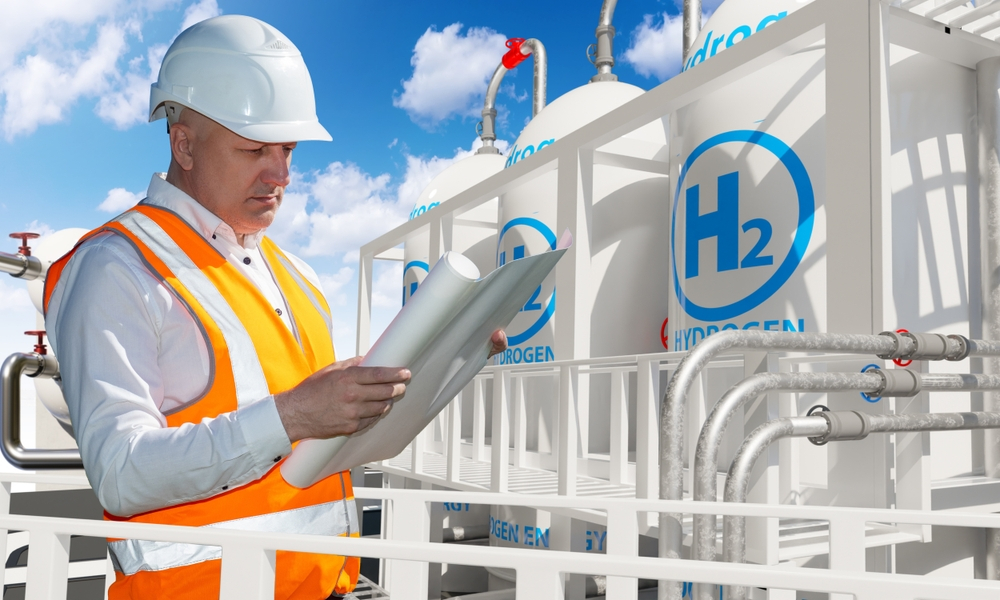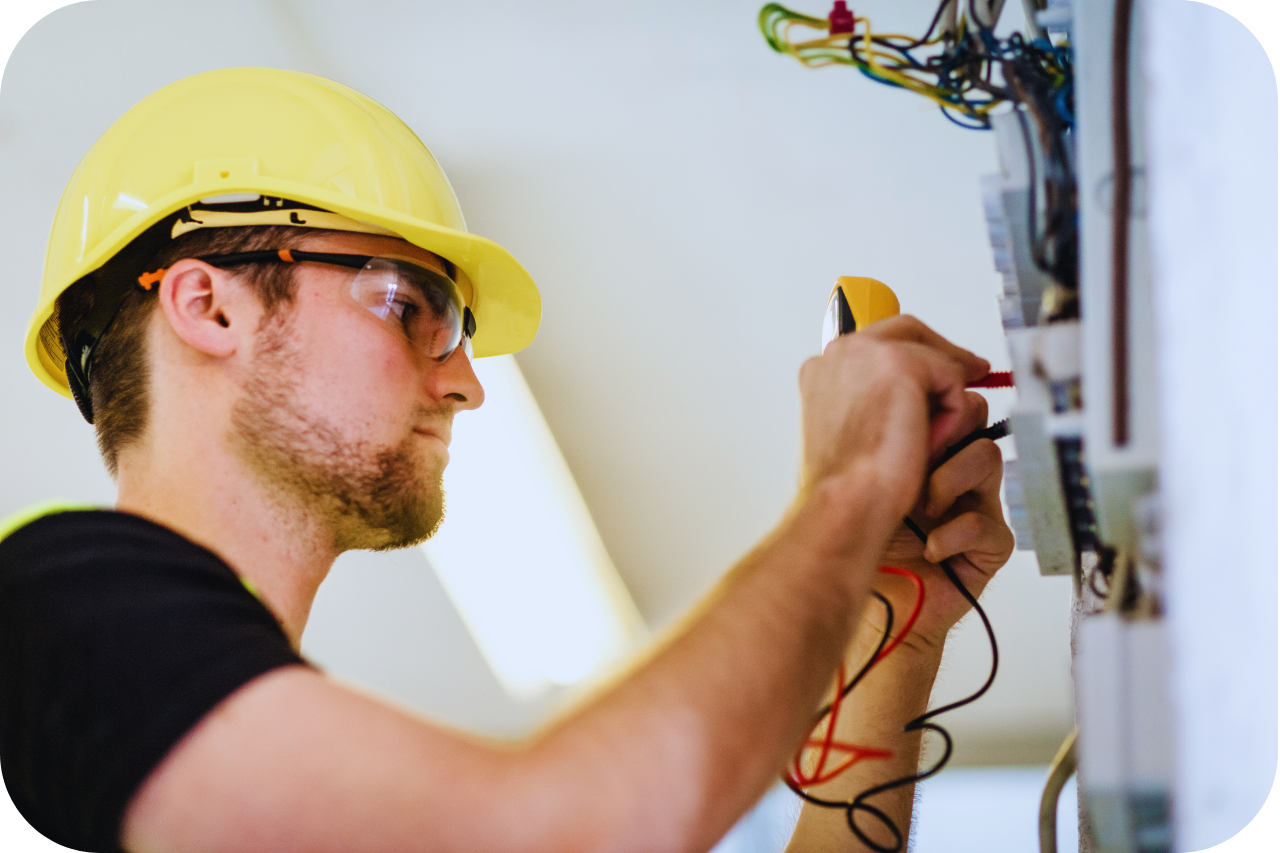The Of Roar Solutions
The Of Roar Solutions
Blog Article
How Roar Solutions can Save You Time, Stress, and Money.
Table of ContentsThe Single Strategy To Use For Roar SolutionsThe Best Strategy To Use For Roar Solutions5 Easy Facts About Roar Solutions Described
In order to shield installments from a potential explosion a technique of evaluating and categorizing a potentially dangerous location is needed. The objective of this is to make certain the right choice and setup of equipment to ultimately avoid a surge and to guarantee security of life.
(https://www.reverbnation.com/roarsolutions)
No equipment ought to be installed where the surface area temperature of the devices is more than the ignition temperature of the given risk. Below are some typical dirt harmful and their minimal ignition temperature level. Coal Dust 380C 225C Polythene 420C (melts) Methyl Cellulose 420C 320C Starch 460C 435C Flour 490C 340C Sugar 490C 460C Grain Dirt 510C 300C Phenolic Material 530C > 450C Aluminium 590C > 450C PVC 700C > 450C Soot 810C 570C The probability of the threat existing in a focus high adequate to trigger an ignition will differ from place to place.
In order to identify this threat an installation is separated into locations of danger depending upon the quantity of time the unsafe exists. These areas are described as Areas. For gases and vapours and dirts and fibers there are 3 zones. Area 0 Area 20 An unsafe ambience is highly most likely to be existing and may exist for lengthy durations of time (> 1000 hours per year) or even continually Area 1 Area 21 An unsafe environment is feasible however unlikely to be existing for lengthy periods of time (> 10 450 C [842 F] A category of T6 suggests the minimal ignition temperature level is > 85 C [185 F] Hazardous location electrical equipment perhaps designed for use in higher ambient temperature levels. This would showed on the rating plate e.g. EExe II C T3 Ta + 60C( This indicates at 60C ambient T3 will certainly not be exceeded) T1 T1, T2, T3, T4, T5, T6 T2 T2, T3, T4, T5, T6 T3 T3, T4, T5, T6 T4 T4, T5, T6 T5 T5, T6 T6 T6 A T Course ranking of T1 suggests the optimum surface temperature generated by the tool at 40 C is 450 C. Presuming the associated T Course and Temperature level ranking for the devices are suitable for the area, you can always utilize an instrument with a more rigid Department score than required for the area. There isn't a clear solution to this question however. It actually does depend on the kind of tools and what repairs need to be carried out. Devices with details examination treatments that can not be carried out in the field in order to achieve/maintain third party rating. Should come back to the factory if it is prior to the tools's service. Area Repair Work By Authorised Employee: Difficult testing might not be required however particular treatments may require to be followed in order for the tools to preserve its 3rd celebration ranking. Authorised workers should be employed to perform the work appropriately Repair need to be a like for like replacement. New part must be considered as a straight substitute calling for no special testing of the devices after the repair work is complete. Each tool with a harmful ranking ought to be assessed separately. These are detailed at a high degree below, however, for even more comprehensive info, please refer directly to the guidelines.
The Roar Solutions Statements
The devices register is a comprehensive data source of devices records that includes a minimum set of areas to recognize each item's location, technical specifications, Ex lover classification, age, and environmental data. This information is important for tracking and managing the tools effectively within dangerous areas. In contrast, for regular or RBI sampling examinations, the quality will be a mix of Detailed and Close examinations. The proportion of Thorough to Close examinations will be established by the Devices Threat, which is examined based upon ignition danger (the possibility of a resource of ignition versus the likelihood of a flammable ambience )and the unsafe location classification
( Zone 0, 1, or 2). This variant will also influence the resourcing needs for job preparation. Once Whole lots are defined, you can establish tasting strategies based upon the sample dimension of each Whole lot, which refers to the variety of random equipment products to be inspected. To establish the required example dimension, 2 aspects need to be reviewed: the size of the Great deal and the category of evaluation, which shows the degree of initiative that ought to be used( reduced, typical, or enhanced )to the assessment of the Whole lot. By incorporating the category of inspection with the Whole lot size, you can then establish the appropriate denial standards for an example, suggesting the allowable number of faulty products found within that sample. For even more information on this procedure, please refer to the Energy Institute Guidelines. The IEC 60079 typical suggests that the optimum interval between examinations need to not exceed 3 years. EEHA assessments will certainly additionally be conducted outside of RBI campaigns as component of set up maintenance and devices overhauls or repair services. These inspections can be credited toward the RBI example dimensions within the impacted Lots. EEHA evaluations are performed to recognize faults in electric equipment. A weighted scoring system is important, as a single tool may have multiple faults, each with differing levels of ignition danger. If the consolidated rating of both examinations is less than two times the fault rating, the Lot is deemed acceptable. If the Whole lot is still considered unacceptable, it has to go through a complete inspection or justification, which may cause stricter assessment protocols. Accepted Lot: The reasons for any type of faults are recognized. If an usual failure setting is found, extra devices this content may call for examination and repair work. Mistakes are identified by seriousness( Safety, Honesty, House cleaning ), guaranteeing that immediate issues are analyzed and addressed without delay to alleviate any kind of effect on safety and security or procedures. The EEHA data source ought to track and tape-record the lifecycle of faults in addition to the corrective actions taken. Carrying out a robust Risk-Based Assessment( RBI )method is essential for making certain compliance and safety in handling Electrical Devices in Hazardous Locations( EEHA) (eeha training). Automated Fault Rating and Lifecycle Administration: Effortlessly take care of mistakes and track their lifecycle to improve inspection accuracy. The intro of this support for risk-based examination additionally reinforces Inspectivity's position as a best-in-class option for regulatory conformity, as well as for any type of asset-centric examination use situation. If you are interested in discovering more, we welcome you to ask for a demonstration and find how our solution can change your EEHA monitoring procedures.
The Ultimate Guide To Roar Solutions

In terms of eruptive danger, a dangerous area is an atmosphere in which an explosive environment is existing (or may be expected to be existing) in quantities that call for special precautions for the building, installation and usage of tools. electrical refresher course. In this article we explore the challenges dealt with in the work environment, the risk control measures, and the required proficiencies to function securely
These compounds can, in certain conditions, create explosive ambiences and these can have major and awful consequences. Most of us are familiar with the fire triangle remove any type of one of the three elements and the fire can not occur, yet what does this mean in the context of unsafe locations?
In many instances, we can do little about the levels of oxygen in the air, however we can have substantial influence on sources of ignition, for instance electrical equipment. Dangerous locations are recorded on the hazardous location classification illustration and are determined on-site by the triangular "EX" sign. Below, amongst various other vital info, areas are split right into three types depending upon the risk, the possibility and period that an eruptive atmosphere will certainly exist; Zone 0 or 20 is deemed one of the most harmful and Area 2 or 22 is considered the least.
Report this page